24 March 2018
Bhind, Madhya Pradesh, India
Sandeep Sharma
Profession
Media
Motive
Exposure of illegal activity
Whistleblowing
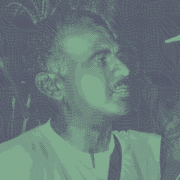

Adolfo Olivas


Ahmed Divela


Amit Jethwa


Artan Cuku


Babita Deokaran


Bayo Ohu


Berta Cáceres


Bhupendra Veera
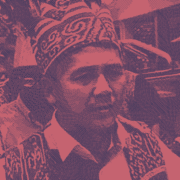

Bill Kayong
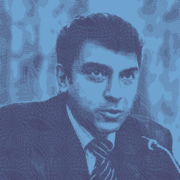

Boris Nemtsov


Boško Buha
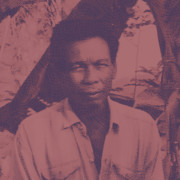

Chai Boonthonglek


Charl Kinnear
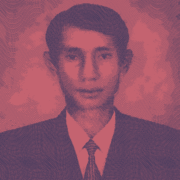

Chut Wutty
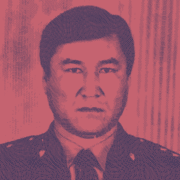

Chynybek Aliev
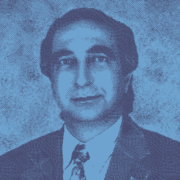

Cihan Hayirsevener


Daphne Caruana Galizia
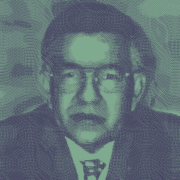

Darío Fernández


Derk Wiersum
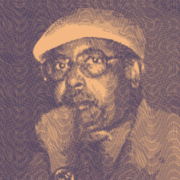

Deyda Hydara


Édgar Quintero


Edmore Ndou
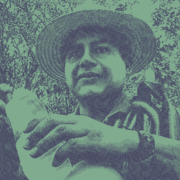

Edwin Dagua


Federico Del Prete


Fernando Villavicencio


Gezahegn Gebremeskel


Gilles Cistac


Habibur Mondal


Igor Alexandrov


Jacob Juma


Ján Kuciak


Javier Valdez


Joannah Stutchbury
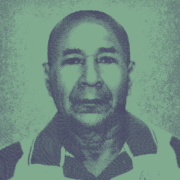

José Ángel Flores
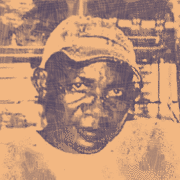

Jules Koum Koum
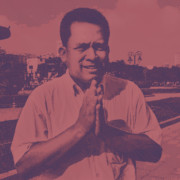

Kem Ley
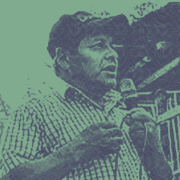

Luis Marroquín


Mahamudo Amurane
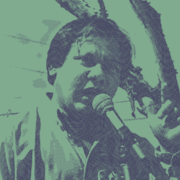

Marcelo Rivera


María Elena Ferral Hernández


Marielle Franco


Milan Pantić


Milan Vukelić
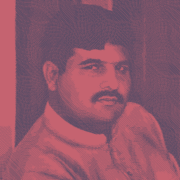

Muhammad Khan


Nelson García


Nihal Perera
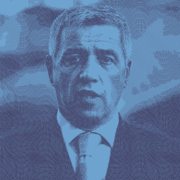

Oliver Ivanović
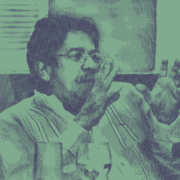

Orel Sambrano


Perween Rahman


Peter R. de Vries


Rajendra Singh


Salim Kancil
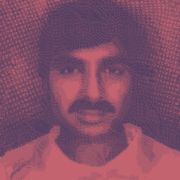

Sandeep Sharma


Sikhosiphi Radebe
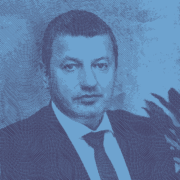

Slaviša Krunić


Soe Moe Tun


Victor Mabunda
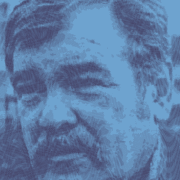

Virgil Săhleanu


Wayne Lotter
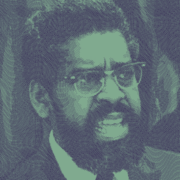

Yuniol Ramírez
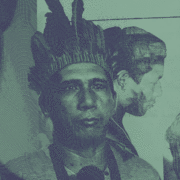

Zezico Guajajara
24 March 2018
Bhind, Madhya Pradesh, India
Profession
Media
Motive
Exposure of illegal activity
Whistleblowing
On 24 March 2018 at 8.55 a.m., security cameras picked up a chilling, almost Bollywoodesque scene playing out on the near-empty streets of Bhind, a small town in Madhya Pradesh, central India. In the blue-tinged footage, a huge dump truck can be seen taking a wide turn on an empty street, swerving suddenly, and mowing down a passing motorcyclist. The victim – Sandeep Sharma, a local investigative TV journalist – was dead on the spot. Although Sharma was run over just a few metres away from the Kotwali police station, it took the police almost 15 minutes to reach him.
That morning, Sandeep had a conference to attend and was in a hurry, but he stayed long enough to enjoy a cup of tea and some savouries with his mother and his wife. It was to be his last meal at home.
‘I will be back soon,’ he had promised them.
‘The atmosphere was not good,’ said Sharma’s sister, Kalpana. ‘Sandeep had been planning to move to Indore [the commercial capital of Madhya Pradesh] for many months. He wanted to move out in search of a better future for his children.’ Although Kalpana refused to talk about the events surrounding Sharma’s death, the bits of information she offered tell of the immense heartache experienced by Sharma’s family.
But Sharma’s decision to move was not just in search of a better life, it was also to escape the nightmare that his world had become after he had secretly filmed a senior police officer named Indra Veer Singh Bhadouria accepting bribes from the ‘sand mafia’, a violent organized-crime group that operates all over the state, exploiting the highly lucrative commodity that sand has become as a result of the boom in India’s construction industry. Bhadouria had taken money in exchange for helping the mafia to bypass security checkpoints.
Sharma received calls from members of the mafia, warning him against airing the video on the news channel where he worked as a stringer. Fellow journalist Vikas Purohit, who had helped him with the exposé, had left Bhind a few months after the incident, fearing for his safety. ‘I told Sandeep to leave Bhind after the exposé, but he refused,’ revealed Purohit. ‘He said it might be true that he cannot change the system, but he will still try his best to counter the system.’
Soon after the sting, Sharma and Purohit had written to the police saying that they feared for their safety and that of their families.
In the letter, they claimed that Bhadouria had ‘links with local criminals and strongmen and could implicate us in false cases or even have us murdered and make it appear like an accident’.
But, according to Purohit, when they went to file the complaint, a senior officer had warned them: ‘If this is not true you will pay dearly for framing a police officer and there can be cases against you.’
The warning was not an empty threat. Shortly afterwards, Sharma had been out covering a rally when he was attacked by a group of people. When he went to lodge a complaint, he found that the police had already lodged a complaint against him, accusing him of attacking a police officer.
‘It was a false case,’ said Purohit. ‘He was there doing his job. He didn’t go anywhere near the police officers.’
Following this incident, local journalists rallied behind Sharma, appealing to the superintendent of the police to take Sharma’s complaint seriously and warning the police against trying to frame him with fabricated cases. Sharma, an idealistic young man, who had left a safe career as a medical representative to become an investigative journalist, was not to be deterred, however. Not even when rumours circulated that the police were planning an encounter against him and Purohit. And while he stayed in the line of fire, he insisted that Purohit move out of Bhind.
‘We had decided to split up, so that they could not take down both of us together and there would always be one of us to tell the story,’ said Purohit.
Sharma was not just a courageous reporter, but also believed in fighting from the front, and questions of personal safety did not bother him. The youngest of four, he had grown up in a family where patriotism and a desire to sacrifice part of oneself for the country ran high. The death of one of his brothers, a soldier killed in clashes with militants in Indian Kashmir in 2004, had left a deep wound in Sharma’s heart and a desire to match his brother’s sacrifice. The sacrifice he was prepared to make came with his wish to expose corruption, a social ill that has been eating away at India’s social fabric for decades.
Sharma was always perturbed by corruption in the police force, and he discussed this often with Purohit, who lived next door. The two had grown up together.
‘We would see police officers standing on street corners accepting bribes as low as 20 rupees,’ said Purohit, ‘and Sandeep would say: “Look at them selling their uniform!” We wanted to expose this corruption.’
Illegal sand mining, widespread in Bhind, was the obvious choice for the exposé. According to Purohit, roughly 30% to 40% of the region’s population is involved in the trade. ‘We heard [the sand mafia] boast of how they worked in tandem with the police. We wanted to expose that nexus,’ he said.
‘No mafia can be born or flourish without the help of the authorities and the proof was right in front of us.’
Sharma had planned to secretly film Bhadouria to prove how the police were helping the mafia to steal thousands of tonnes of sand from the National Chambal Sanctuary, a protected wildlife area straddling the states of Rajasthan, Madhya Pradesh and Uttar Pradesh. The sand mafia has been a dreaded presence in the sanctuary since 2012, after mowing down police officer Narendra Singh in broad daylight when he tried to stop a truck of illegally mined stones. It was around this time that additional forces were deployed around the sanctuary, but the measure proved ineffective. In September 2018, a few months after the murder of Sharma, a forest ranger was killed by the sand mafia in similar circumstances.
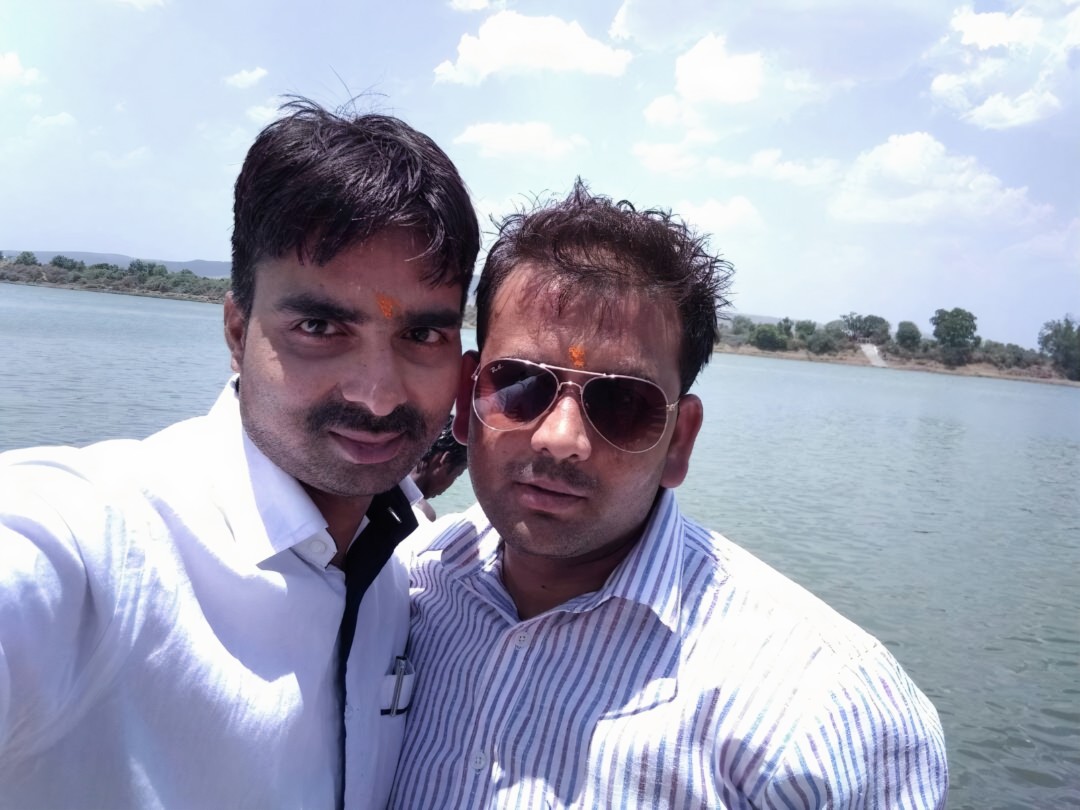
Sandeep Sharma (left) and fellow journalist Vikas Purohit

Sand mining in India is a lucrative industry that has become exploited by organized crime
The sand mafia is the most terrifying criminal network in India at the moment – and for good reason. Sand is vital for India’s rapidly growing construction industry, predicted to become the third largest in the world by 2025. The sector employs over 35 million people and is valued at well over US$126 billion per annum. Those who get in the way are intimidated through violence and threats, and murdered if they dare to persist. In 2018, 11 murders, 18 attacks and 22 threats were recorded against activists, journalists, citizens and government officials who opposed illegal sand mining.
However, the sand mafia has a great deal of influence on police and government officials, who receive huge kickbacks for turning a blind eye to its activities. Sharma’s murder was perhaps the only one that grabbed national headlines because it came at a time when India was already witnessing a crackdown on free speech and a rise in assaults on journalists.
Recognizing this disturbing trend, Amnesty International’s Asmita Basu called for an independent and impartial probe to investigate Sharma’s murder: ‘The killing of Sandeep Sharma, who had earlier sought police protection after doing two “sting” operations, illustrates the risks that human rights defenders in India face.’
Despite his immense courage, Sharma had finally decided to leave Bhind, discouraged by the oppressive atmosphere of fear and intimidation.
‘When we were working together, we were filled with the emotion of working for the people, exposing injustices and corruption,’ Purohit lamented. ‘I don’t have that in me any more after Sandeep’s death. Fearless journalism in India means suicide.’


20 July 2010
Gandhinagar, India
Amit Jethwa


15 October 2016
Mumbai, India
Bhupendra Veera


21 June 2016
Sarawak, Malaysia
Bill Kayong


11 February 2015
Klong Sai Pattana, Thailand
Chai Boonthonglek


26 April 2012
Koh Kong, Cambodia
Chut Wutty


5 May 2004
Bishkek, Kyrgyzstan
Chynybek Aliev


20 August 2000
Dhaka, Bangladesh
Habibur Mondal


10 July 2016
Phnom Penh, Cambodia
Kem Ley


16 October 2018
Haripur, Pakistan
Muhammad Khan


5 July 2013
Deraniyagala, Sri Lanka
Nihal Perera


13 March 2013
Karachi, Pakistan
Perween Rahman


19 June 2018
India
Rajendra Singh


26 September 2015
Selok Awar-Awar, East Java, Indonesia
Salim Kancil


13 December 2016
Monywa, Myanmar
Soe Moe Tun